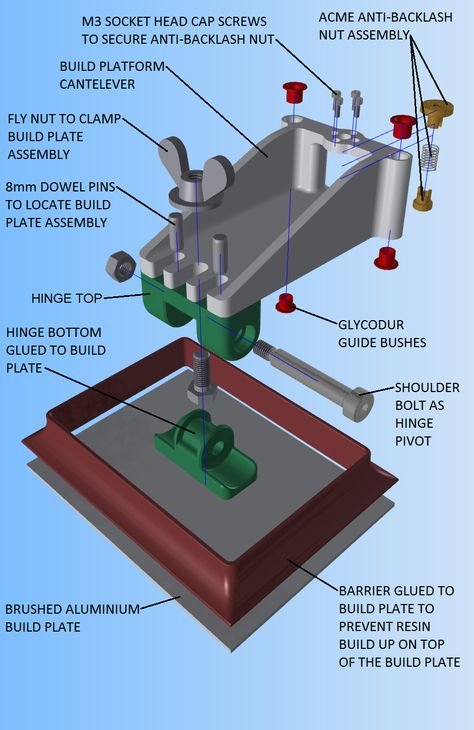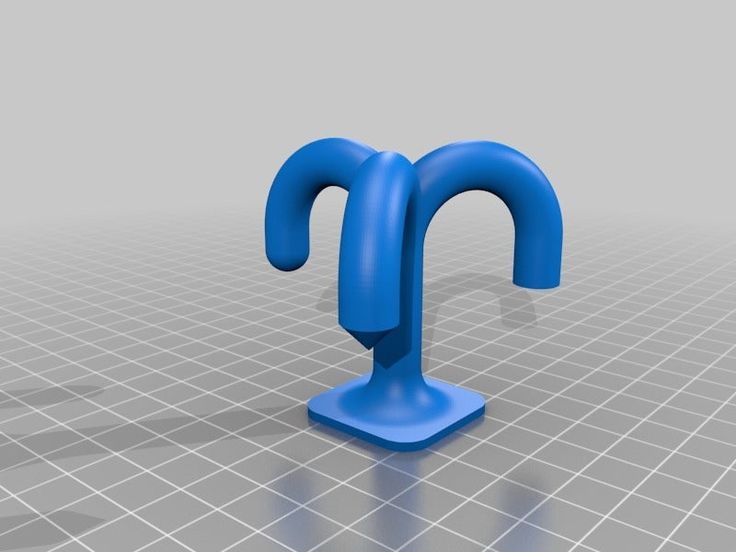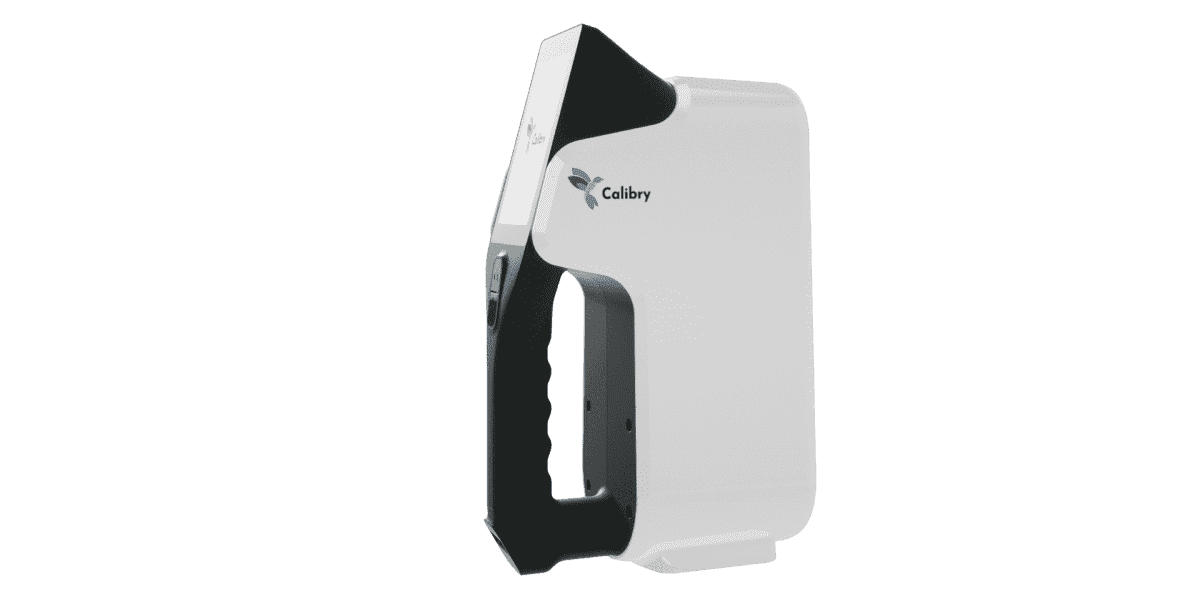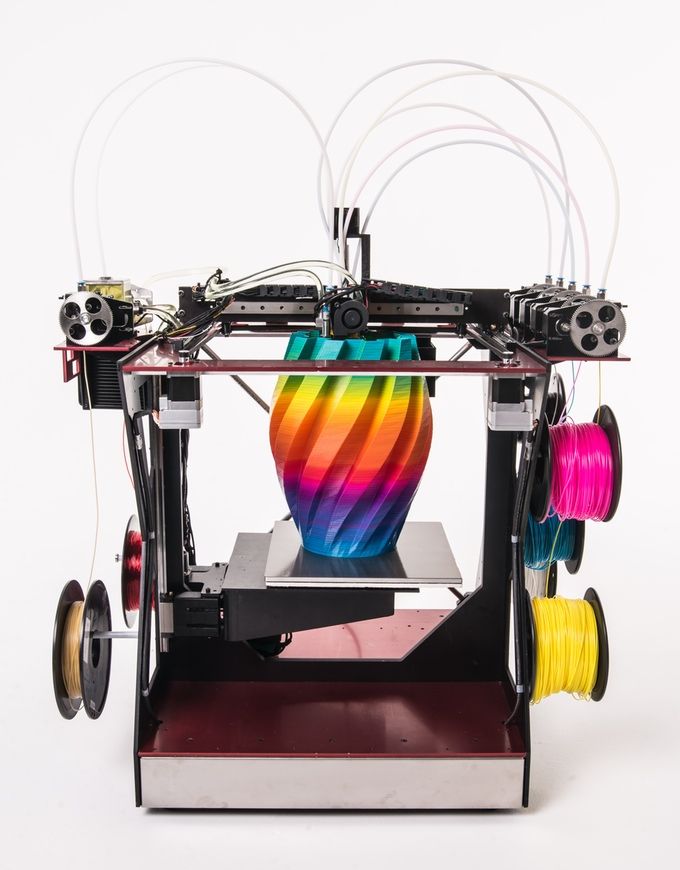Formlabs sls 3d printer
Compact Selective Laser Sintering (SLS) 3D Printer
Skip to Main Content
For High Performance Parts in Hours, Not Days
Starting at $18,999 for the Fuse 1 and $27,999 for the Fuse 1+ 30W. See the comparison.
Build a QuoteRequest a Free Sample Part
Designed for maximum output and minimum waste, Fuse 1+ 30W is our compact SLS 3D printer that packs an industrial punch. Unlock unprecedented print speeds and material enablement to deliver truly rapid production in-house.
Superior Print Speeds
Deliver high-precision parts within 24 hours thanks to a powerful, 30W laser that prints at scan speeds of up to 12.5 meters per second.
Industrial Grade Materials
Unlock exclusive, new materials and achieve higher performance on existing ones with active powder handling and an inert gas print option.
Zero Waste, High ROI
By optimizing packing density and powder recyclability, we've reached a major milestone: zero waste printing, enabling lower cost per part.
From Printing to Finished Part:
3D print production-ready, end-use parts with our family of SLS Powders, developed specifically for the Fuse Series printers. Our materials, hardware, and software are developed and validated together to deliver peak performance while optimizing cost per part.
Benefit from enhanced mechanical properties and higher powder recyclability when utilizing Fuse 1+ 30W's inert gas atmosphere print option.
Available now: Nylon 11, Nylon 12, Nylon 12 GF and Nylon 11 CF Powders. Stay tuned for regular releases of exciting, new materials currently in development.
Explore SLS MaterialsRequest a Free Sample Part
Fuse 1+ 30W
Rapid Benchtop SLS 3D Printer
Laser Type
30 Watt Fiber Laser
Unlocks Same-Day, In-House 3D Printing
Material Compatability
Complete Powder Range
All Core Powders + Nylon 11 CF Powder
Print Environment Options
Inert Gas and Air
Inert Gas Enhances Material Properties and Recyclability
Efficiency
Zero Waste Printing
Enabled by High Print Density and Material Recyclability
Starting at 27999
Order Now
Fuse 1
Accessible Benchtop SLS 3D Printer
Laser Type
10 Watt Fiber Laser
Unlocks Reliable, In-House 3D Printing
Material Compatibility
Core Powder Range
Nylon 11, Nylon 12, and Nylon 12 GF Powders
Print Environment Options
Air
One Option. Easy Setup.
Easy Setup.
Efficiency
Low Waste Printing
Enabled by High Print Density
Starting at 18999
Order Now
A New Wave of Independent Manufacturing Starts Now
Rethink product development and take control of your own manufacturing. Configure your Fuse Series setup today.
Build a QuoteRequest a Free Sample Part
Tech Specs for the Fuse 1 SLS 3D Printer
Printer
Fuse 1
Fuse 1+ 30W
Technology
Selective Laser Sintering
Selective Laser Sintering
Build Volume (W x D x H)
165 × 165 × 300 mm
6.5 x 6.5 x11.8 in
165 × 165 × 300 mm
6.5 x 6.5 x11.8 in
Layer Thickness
110 microns
0.004 in
110 microns
0.004 in
Laser Type
Ytterbium Fiber 10W
Ytterbium Fiber 30W
Laser Spot Size (FWHM)
200 microns
0. 0079 in
0079 in
247 microns
0.0097 in
Build Chamber
Modular, compatible with Fuse 1 generation printers and Fuse Sift
Modular, compatible with Fuse 1 generation printers and Fuse Sift
Technology
Selective Laser Sintering
Selective Laser Sintering
Build Volume (W × D × H)
16.5 x 16.5 x 30 cm
6.5 x 6.5 x 11.8 in
16.5 x 16.5 x 30 cm
6.5 x 6.5 x 11.8 in
Layer Thickness (Axis Resolution)
110 microns
0.004 in
110 microns
0.004 in
Hopper Capacity
17.8 Liters
14.5 Liters
Dimensions
68.5 x 64.5 x 106.5 cm
27 x 25.4 x 41.9 in
68.5 x 64.5 x 106.5 cm
27 x 25.4 x 41.9 in
Supports
No supports
No supports
Design/CAD Specifications
Minimum Access Dimensions (W × D × H)
125.5 × 149.5 × 187 cm
49.4 × 59.0 × 73.6 in
125.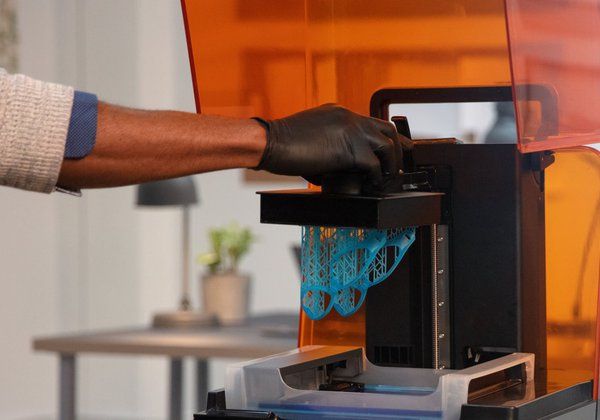 5 × 149.5 × 187 cm
5 × 149.5 × 187 cm
49.4 × 59.0 × 73.6 in
Printer Dimensions (W × D × H)
64.5 × 68.5 × 107 cm (165.5 cm with stand)
25.4 × 27 × 42 in (65.0 in with stand)
64.5 × 68.5 × 107 cm (165.5 cm with stand)
25.4 × 27 × 42 in (65.0 in with stand)
Recommended Operating Footprint (W × D × H)
145.5 × 149.5 × 167.5 cm (49.4 × 59 × 66 in) to allow access to the front and sides of the printer.
145.5 × 149.5 × 167.5 cm (49.4 × 59 × 66 in) to allow access to the front and sides of the printer.
Stand Dimensions (W × D × H)
59.6 x 60 x 58.4 cm
23.5 × 23.6 × 23 in
59.6 x 60 x 58.4 cm
23.5 × 23.6 × 23 in
Weight
114 kg (without build chamber or powder)
251.3 lb (without build chamber or powder)
120 kg (without build chamber or powder)
265 pounds (without build chamber or powder)
Startup Time
< 60 minutes
< 60 minutes
Operating Environment
18 – 28 ºC
68 – 82 ºF
18 – 28 ºC
68 – 82 ºF
Internal Temperature
Up to 200 ºC
Up to 392 ºF
Up to 200 ºC
Up to 392 ºF
Temperature Control
Quartz tube heating elements
Positive temperature coefficient (PTC) cartridges
Quartz Tube Heating Elements
Resistive Air Heater
Air Handling
Pressure-controlled two-stage filtration
(Replaceable HEPA and carbon mediums)
Interface to external inert gas supply
Pressure controlled two-stage filtration
(Replaceable HEPA and carbon mediums)
Power Requirements
EU: 230 VAC, 7. 5 A (dedicated circuit)
5 A (dedicated circuit)
US: 120 VAC, 15 A (dedicated circuit)
EU: 230 VAC, 7.5 A (dedicated circuit)
US: 120 VAC, 15 A (dedicated circuit)
Galvanometers
Formlabs Custom
Formlabs Custom 2nd Generation
Laser Specifications
Ytterbium Fiber
IEC 60825-1: 2014 certified
1070 nm wavelength
Maximum 10 Watts
4.01 mrad beam divergence (nominal, full angle)
Ytterbium Fiber
IEC 60825-1: 2014 certified
1070 nm wavelength
Maximum 30 Watts
3.24 mrad beam divergence (nominal, full angle)
Laser Spot Size (FWHM)
200 microns
.0079 in
247 microns
.0097 in
Radiation Information
The Fuse 1 is a Class 1 Laser product. Accessible radiation is within Class 1 limits.
The Fuse 1+ 30W is a Class 1 Laser product. Accessible radiation is within Class 1 limits.
Connectivity
Wi-Fi (2. 4GHz + 5GHz)
4GHz + 5GHz)
Ethernet (1000 Mbit)
USB 2.0
Wi-Fi (2.4GHz + 5GHz)
Ethernet (1000 Mbit)
USB 2.0
Printer Control
10.1” interactive touchscreen
1280 × 800 resolution
10.1” interactive touchscreen
1280 × 800 resolution
Alerts
Touchscreen alerts and tracking
SMS/email via Dashboard
Live video feed with computer vision
Proactive maintenance alerts
Touchscreen alerts and tracking
SMS/email via Dashboard
Live video feed with computer vision
Proactive maintenance alerts
Print Preparation
PreForm Desktop Software
PreForm Desktop Software
System Requirements
Windows 7 (64-bit) and up
Mac OS X 10.12 and up
OpenGL 2.1
4 GB RAM (8 GB recommended)
Windows 7 (64-bit) and up
Mac OS X 10.12 and up
OpenGL 2.1
4 GB RAM (8 GB recommended)
Hardware Requirements
Fuse 1 generation 3D printer
Fuse 1 generation 3D printer
File Types
.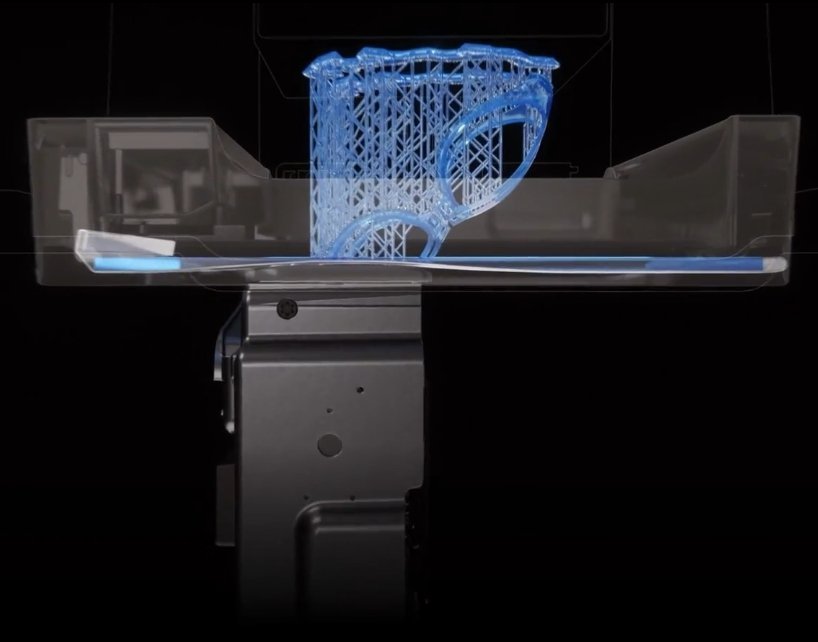 STL or .OBJ
STL or .OBJ
FORM file output
.STL or .OBJ
FORM file output
PreForm Software: Preparing models for printing
Skip to Main Content
Create models in standard CAD software and import an STL or OBJ file into PreForm, our software for preparing models for printing. Prepare models in minutes, then simply send to the printer to do the rest.
OS X 10.13 or higher
Requirements
Windows 7 (64-bit) or higher
Requirements
Automatic PreForm algorithms create layout, model orientation, and generate support structures so anyone on your team can print successfully without any special training.
Experienced users can make finer adjustments by manually setting various parameters such as the frequency and size of the supporting structures.
This advanced print mode selectively changes the layer thickness during printing by combining high detail and high speed.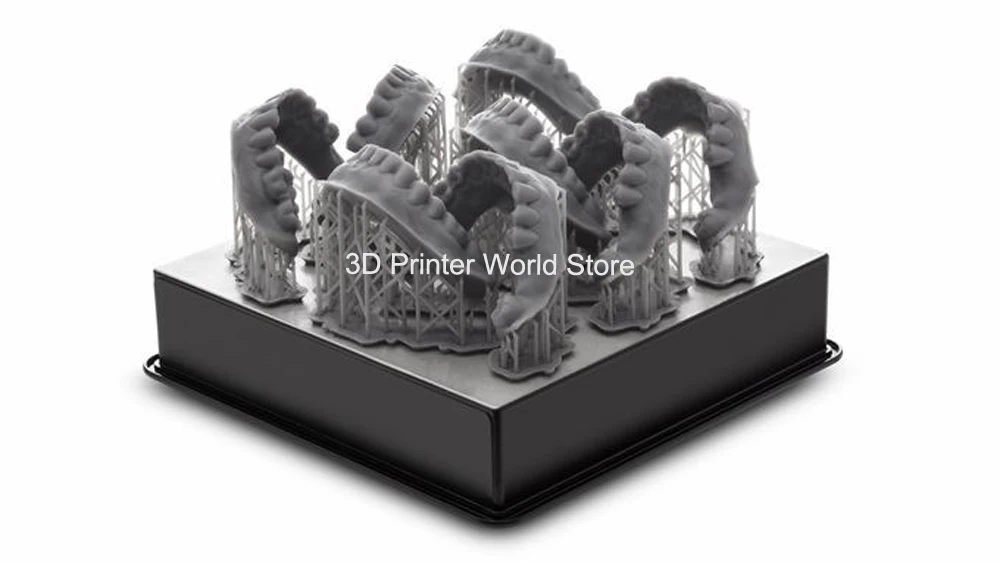
The online Dashboard allows you to manage printers, polymers, and employee access.
Sign up for DashboardSign in
Make sure all your printers are working at their best. Compare print success rates and media usage across different printers.
Monitor the amount of resin in the reservoir to replace consumables at the right time.
Turn on SMS and email notifications in Dashboard to be notified when a print is completed or the printer needs attention.
Prepare the printer before you leave, then use remote printing to start the process from anywhere.
Available for Form 3.
Easily manage access and track print jobs in Dashboard.
Do you print high volumes? Plan and organize your print queue in PreForm, for example, to run short print runs throughout the day or print models from the same resin one after the other.
Plug in your printer and get started: our tutorial interface will quickly guide new users through the printing process.
Easy-to-understand charts quickly give you key printer and resin information and let you know when it's ready to print.
Schedule and manage your print queue directly from the printer's touch screen. For example, you can quickly reprint the previous job or select the next model.
Activate new features in PreForm and Dashboard software to automate and optimize your 3D printer fleet.
Find out more
Simplify task management for a group of printers. Create queues in the Dashboard, add, duplicate and prioritize tasks at any time across your entire 3D printer fleet, wherever you are.
Fleet Control automatically assigns a printer to print when a task is uploaded to the Dashboard based on the status of supplies.
PreForm integrates with many CAD systems to simplify the printing process.
To streamline your workflow, you can import useful printer, model, and resin data into your business systems using our Web API.
Use our APIs to automate file submissions to PreForm and control printer usage. For more information contact us by email
For more information contact us by email
[email protected].
Comparison of 3D printing technologies: FDM, SLA and SLS
Additive manufacturing or 3D printing reduces costs, saves time and expands the technological possibilities in product development. 3D printing technologies offer versatile solutions for applications ranging from rapid concept and functional prototypes in the field of prototyping to fixtures and clamps or even final parts in manufacturing.
Over the past few years, high resolution 3D printers have become more affordable, more reliable and easier to use. As a result, more companies have been able to use 3D printing technology, but choosing between different competing 3D printing solutions can be difficult.
Which technology is right for your needs? What materials are available for her? What equipment and training is needed to get started? What are the costs and payback?
In this article, we take a closer look at three of today's most well-known plastic 3D printing technologies: Fused Deposition Modeling (FDM), Stereolithography (SLA), and Selective Laser Sintering (SLS).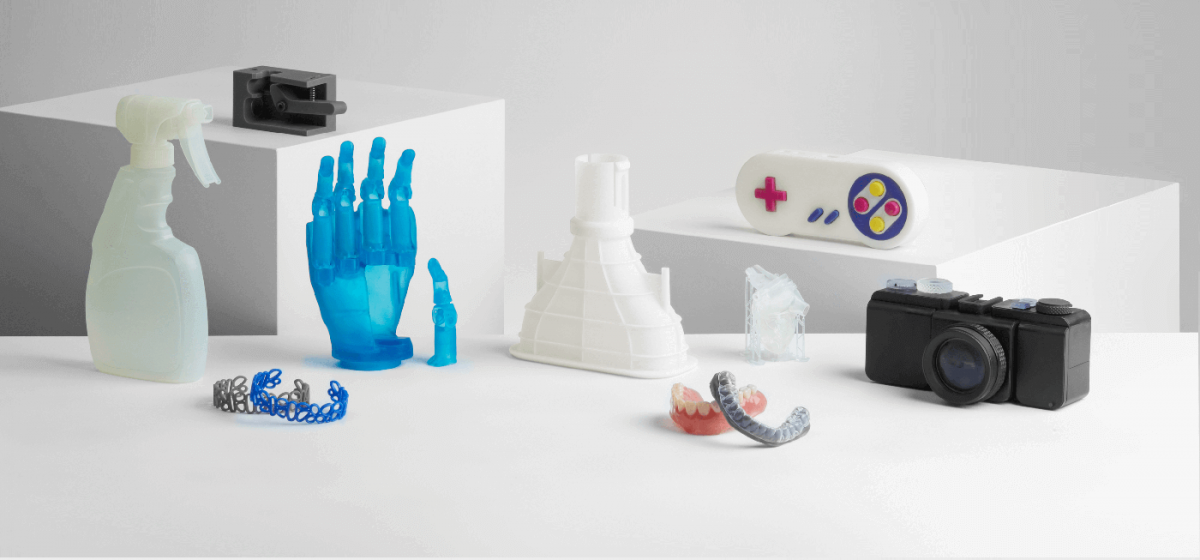
Choosing between FDM and SLA 3D printer? Check out our detailed comparison of FDM and SLA technologies.
Download this high resolution infographic here.
VIDEO MANUAL
Can't find the 3D printing technology that best suits your needs? In this video tutorial, we compare Fused Deposition Modeling (FDM), Stereolithography (SLA), and Selective Laser Sintering (SLS) technologies in terms of the top factors to consider when purchasing.
Watch Video
Fused Deposition Modeling (FDM), also known as Fused Filament Manufacturing (FFF), is the most widely used form of 3D printing at the consumer level, fueled by the rise of consumer 3D printers. On FDM printers, models are made by melting and extruding a thermoplastic filament, which the printer's nozzle applies layer by layer to the model being built.
The FDM method uses a range of standard plastics such as ABS, PLA and their various blends. It is well suited for making basic experimental models, as well as for quickly and inexpensively prototyping simple parts, such as parts that are usually machined.
It is well suited for making basic experimental models, as well as for quickly and inexpensively prototyping simple parts, such as parts that are usually machined.
FDM models often show layer lines and may have inaccuracies around complex features. This sample was printed on a Stratasys uPrint FDM industrial 3D printer with soluble support structures (price starting at $15,900).
FDM printers have the lowest resolution and accuracy of SLA or SLS and are not the best option for printing complex designs or parts with complex features. Surface quality can be improved by chemical and mechanical polishing processes. To address these issues, industrial FDM 3D printers use soluble support structures and offer a wider range of engineering thermoplastics, but they are also expensive.
FDM printers do not handle complex designs or parts with complex features (left) compared to SLA printers (right).
Invented in the 1980s, stereolithography is the world's first 3D printing technology and is still one of the most popular technologies among professionals today. SLA printers use a process called photopolymerization, which is the conversion of liquid polymers into hardened plastic using a laser.
SLA printers use a process called photopolymerization, which is the conversion of liquid polymers into hardened plastic using a laser.
See stereolithography in action.
Models printed on SLA printers have the highest resolution and accuracy, the sharpest detail and the smoothest surface of all plastic 3D printing technologies, but the main advantage of the SLA method is its versatility. Materials manufacturers have developed innovative formulas for SLA polymers with a wide range of optical, mechanical and thermal properties that match those of standard, engineering and industrial thermoplastics.
Models created using SLA technology have sharp edges, a smooth surface and almost invisible layer lines. This sample was printed on a Formlabs Form 3 Desktop Stereolithographic 3D Printer (price starting at $3499).
SLA is an excellent option for making highly detailed prototypes that require tight tolerances and smooth surfaces such as molds, templates and functional parts.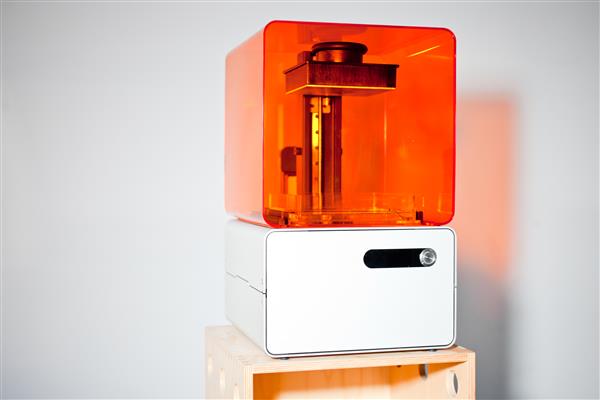 SLA technology is widely used in industries ranging from engineering and design to manufacturing, dentistry, jewelry, modeling, and education.
SLA technology is widely used in industries ranging from engineering and design to manufacturing, dentistry, jewelry, modeling, and education.
White Paper
Download our in-depth white paper to learn how SLA printing works, why thousands of professionals use it today, and how this 3D printing technology can help your work.
Download white paper
free sample
Experience Formlabs print quality first hand. We will send a free 3D printing sample directly to your office.
Request a free sample
Selective laser sintering is the most common additive manufacturing technology used in industry.
Selective Laser Sintering (SLS) 3D printers use a high power laser to sinter fine polymer powder particles. The unsprayed powder supports the model during printing and eliminates the need for special support structures. This makes SLS ideal for complex geometries, including internal features, grooves, thin walls, and negative taper. Models produced using SLS printing have excellent mechanical characteristics: their strength can be compared with the strength of injection molded parts.
This makes SLS ideal for complex geometries, including internal features, grooves, thin walls, and negative taper. Models produced using SLS printing have excellent mechanical characteristics: their strength can be compared with the strength of injection molded parts.
Models created with SLS technology have a slightly rough surface, but almost no visible layer lines. This sample was printed on the Formlabs Fuse 1 SLS workshop 3D printer (price starting at $18,500).
The most common material for selective laser sintering is nylon, a popular engineering thermoplastic with excellent mechanical properties. Nylon is light, strong and flexible, resistant to impact, heat, chemicals, UV radiation, water and dirt.
The combination of low part cost, high productivity, and widely used materials makes SLS a popular method for engineering functional prototyping and a cost-effective alternative to injection molding in cases where production runs are limited.
White Paper
Looking for a 3D printer to create durable, functional models? Download our white paper to learn how selective laser sintering (SLS) technology works and why it is popular in 3D printing for functional prototypes and end-use products.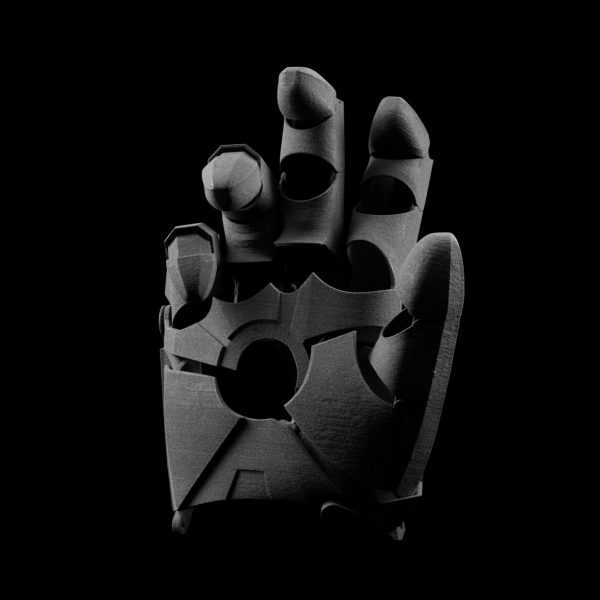


Either way, you should choose the technology that best suits your business. Prices have dropped significantly in recent years, and today all three technologies are offered in compact and affordable systems.
3D printing costing doesn't end with initial equipment costs. Material and labor costs have a significant impact on the cost of each part, depending on the application and production needs.

INTERACTIVE MATERIAL
Try our interactive ROI tool to see how much time and money you can save by printing with Formlabs 3D printers.
Calculate savings
FDM, SLA and SLS prototype ski goggle frames (left to right).
We hope this article has helped you narrow down your search for the 3D printing technology best suited to your needs.




